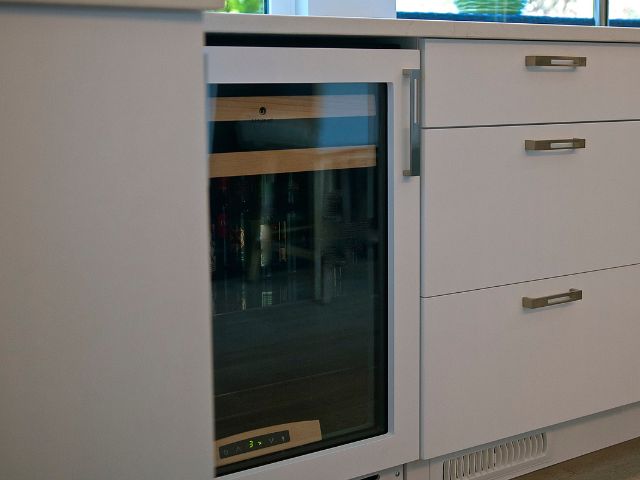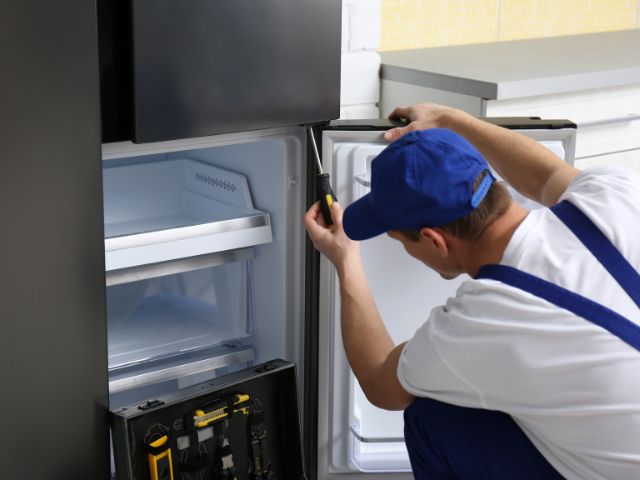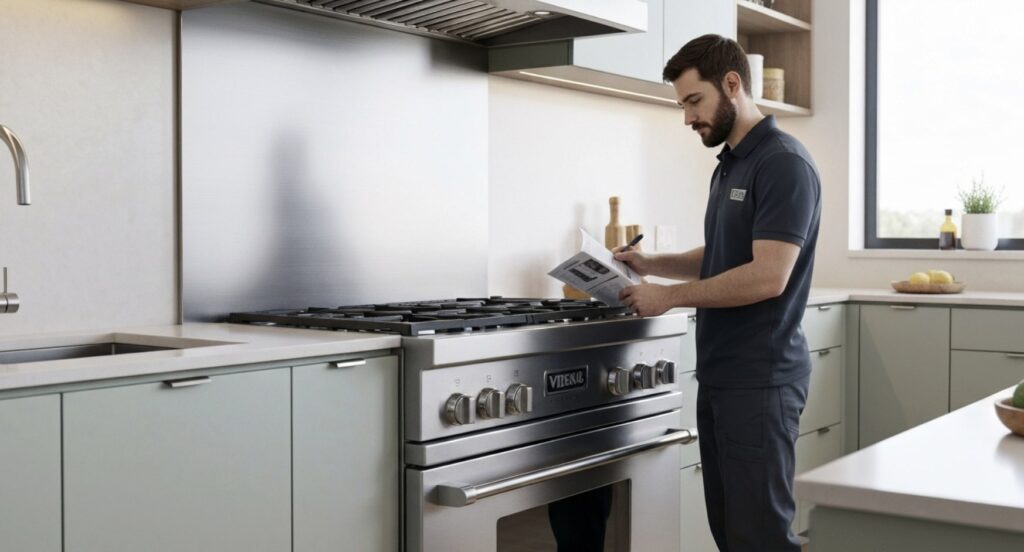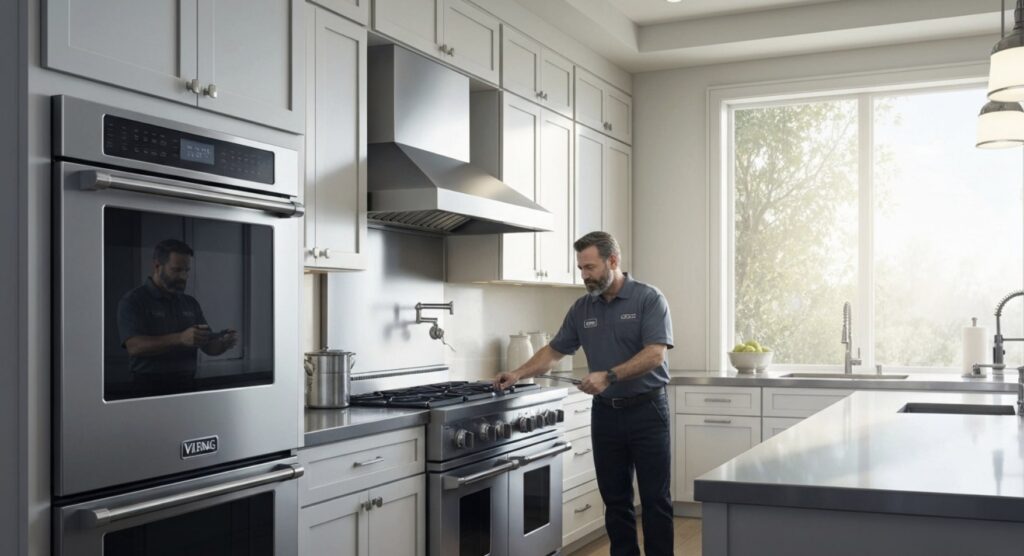A Viking wine fridge is an invaluable investment for wine enthusiasts, keeping bottles at the ideal temperature and humidity to preserve their flavor and quality. At the heart of this appliance is the Viking wine fridge compressor, which ensures precise cooling performance. If you’re noticing issues such as inconsistent temperatures or unusual noises, it may be time to address the compressor’s health. In this article, we’ll explain the function of the compressor, common problems it may face, and solutions to keep your wine fridge running smoothly.
Understanding the Viking Wine Fridge Compressor
The Viking wine fridge compressor is essentially the cooling powerhouse of your appliance. It works by compressing refrigerant gas and circulating it through the system to maintain a consistent temperature. For wine, this means preserving the nuanced aromas and flavors of each bottle.
However, like any mechanical component, the compressor can experience wear and tear over time. Homeowners must know the signs of potential issues to prevent damage to their wine collection.
Common Problems with Viking Wine Fridge Compressors
Temperature Fluctuations
- If your wine fridge isn’t maintaining a consistent temperature, the compressor may not be functioning properly. This could result in spoiled wine, as improper storage affects its taste and quality.
Unusual Noises
- Hearing loud humming, clicking, or knocking sounds? This could indicate a failing compressor or a problem with the system’s motor.
Frequent Cycling
- When the compressor frequently turns on and off, it may be struggling to maintain the set temperature. This issue can strain the unit and shorten its lifespan.
Warm Interior
- A warm wine fridge despite the compressor running could mean the component isn’t effectively cooling. This may be due to refrigerant leakage or a clogged condenser coil.
How to Troubleshoot Viking Wine Fridge Compressor Issues
Step 1: Check the Power Supply
- Ensure the fridge is plugged into a working outlet and receiving adequate voltage. Sometimes, a power surge can temporarily disrupt the compressor.
Step 2: Inspect the Condenser Coils
- Dirty or clogged condenser coils can hinder heat dissipation, causing the compressor to overheat. Clean the coils using a soft brush or vacuum.
Step 3: Examine the Fan
- The compressor relies on the fan to cool its components. If the fan is obstructed or malfunctioning, it may impact performance. Clear any debris and check for smooth operation.
Step 4: Monitor the Refrigerant Levels
- Low refrigerant levels may lead to insufficient cooling. However, refrigerant handling should only be performed by a licensed technician.
Step 5: Reset the Wine Fridge
- Sometimes, a simple reset can resolve minor compressor issues. Turn off the appliance for 10-15 minutes, then restart it. This can help recalibrate the system.
Step 6: Call for Professional Help
- If none of the above steps resolves the issue, it’s best to contact a trusted repair service like Viking Appliance Repair Pros. Continuing to use a faulty compressor may lead to more significant problems.
Preventing Compressor Issues
To avoid frequent problems with your Viking wine fridge compressor, follow these maintenance tips:
- Clean Regularly: Keep condenser coils and vents clean to ensure proper airflow.
- Avoid Overloading: Too many bottles can strain the cooling system.
- Check the Door Seal: A damaged seal can cause cool air to escape, overworking the compressor.
- Schedule Annual Maintenance: Professional tune-ups can identify and fix potential issues before they escalate.
Final Insights
Your Viking wine fridge compressor plays a crucial role in maintaining your wine collection’s quality. By understanding how it works, recognizing common problems, and implementing proper maintenance, you can enjoy a perfectly chilled glass of wine anytime. If troubleshooting doesn’t resolve the issue, Viking Appliance Repair Pros are here to help with expert service and reliable solutions.
FAQs
Q1: How often should I clean the condenser coils of my wine fridge?
Condenser coils should be cleaned every 6-12 months to prevent dirt buildup and ensure optimal cooling.
Q2: Can I fix refrigerant issues in my wine fridge myself?
No, handling refrigerant requires specialized tools and certification. Always consult a professional for such repairs.
Q3: What temperature should my wine fridge maintain?
Most wine fridges are set to 45-55°F (7-13°C) for optimal wine preservation.
Q4: How long does a Viking wine fridge compressor typically last?
With proper maintenance, the compressor can last 8-12 years. Regular servicing can extend its lifespan.
For more DIY tips, be sure to check out our previous blog post on How to Fix Your Viking Refrigerator Door Adjustment Easily.







